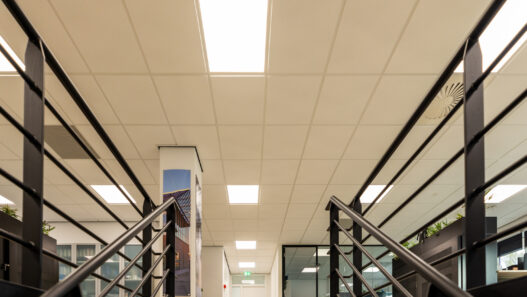A value-add strategy in real estate is all about improving underperforming properties to increase their value and income. This approach is often used with properties like vacant office buildings, apartment complexes, or retail spaces that need updates or better management. The goal? To transform these properties into high-performing, valuable assets.
What is Value-Add Real Estate?
A value-add property is one that requires improvements to increase its profitability. These improvements could include physical renovations, better management, or leasing changes. Investors typically purchase these properties at lower prices because they aren’t operating at full potential. After buying, they make changes to boost rental income and overall property value.
R.B
“The value-add real estate strategy focuses on improving underperforming properties to increase their value and income potential.”
Core Strategies of Value-Add
1. Renovations: Modernizing or upgrading the property to make it more appealing to higher-paying tenants. This could include improving the exterior, updating office spaces, or adding amenities like a gym or café.
2. Operational Improvements: Streamlining management, cutting unnecessary expenses, or improving rent collection to make the property run more efficiently.
3. Re-leasing or Tenant Repositioning: Attracting new tenants willing to pay higher rents or renegotiating leases with existing tenants for better terms.
4. Rebranding or Repositioning: Changing the property’s image to attract a different type of tenant. For example, an old office building could be converted into flexible co-working spaces to appeal to modern businesses.
Key Characteristics of Value-Add Investments
• Moderate to High Risk: These properties need improvements, which makes them riskier than fully stabilized properties.
• Active Management: Investors must be hands-on, overseeing renovations, management, and tenant relations.
• Upside Potential: The goal is to significantly increase both rental income and the property’s overall value.
• Holding Period: Investors typically hold onto the property for 5 to 7 years, allowing time for improvements to pay off.
Why the Value-Add Strategy?
1. Higher Returns: By purchasing properties at a lower price and adding value through improvements, investors can achieve substantial returns once the property is stabilized.
2. Capital Appreciation: As rental income increases, so does the property’s market value, allowing investors to sell at a profit.
3. Control Over Investment: Investors have direct control over the success of the property through management and renovations, unlike passive investment strategies.
Risks of Value-Add Strategy
1. Execution Risk: Success depends on how well the investor executes the improvements. Poor planning or delays can lead to cost overruns or difficulty attracting tenants.
2. Market Risk: Market conditions can change during the investment period. For instance, demand for office space may drop due to an economic downturn or the rise of remote work, making it harder to lease at the desired rates.
3. Cost Overruns: Renovations may end up costing more than expected or take longer to complete, reducing profits.
4. Vacancy Risk: While the property is being renovated or rebranded, it may remain vacant, generating no income until the improvements are completed.
A Value-Add Property Success Story
In Downtown Phoenix, a 1980s office building sat largely vacant, struggling with a 60% occupancy rate and outdated facilities. An investment group recognized its potential and purchased the property for $5 million.
They implemented a value-add strategy that included renovating the lobby and office spaces, adding modern amenities like a fitness center, and improving the common areas. They also rebranded the building to attract tech startups and young businesses.
Within two years, occupancy soared to 95% as they secured tenants willing to pay higher rents. The average rent per square foot increased from $15 to $25, significantly boosting cash flow.
After five years, the property was appraised at $10 million, doubling its initial value. The investment group sold the building for a $5 million profit, demonstrating the power of strategic renovations and effective management in transforming an underperforming property into a lucrative investment.
